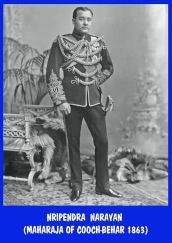
History of Kamatapur Maharaja Nripendra Naryan of Koch Behar (Kamatapur) Maharaja Nripendra Naryan of Koch Behar (Kamatapur) The history of Kamatapur is not properly represented in the modern day historical writings. Unfortunately, it’s not part of any post colonial nationalistic history of the Indian sub continent. The history of Kamatapur is partial history of present West Bengal, Assam, Bihar, Meghalaya of India, Bangladesh, Bhutan and Nepal. The disappearance of Kamatapur as a region and emergence of Assamese and Bengali, two language based nationalism is the main reason behind the neglect of the History of Kamatapur. However, a glimpses into the pages of history books, particularly Assam, tells the rich and colourful history of Kamatapur without any doubt. Kamatapur is the other name of ancient Kamrup kingdom, medieval Kamrup Kamata or Koch Kamata kingdom and the native Koch Bihar (Cooch Behar) State of British India. When the kingdom of Kamrup of South Asia was invaded by Tughril Khan Malik Yuzbeg, the capital of the kingdom was transferred from Kamrup Nagar (North Guwahati) to Kamatapur (Koch Behar). From that time onward this kingdom was known as Kamata or Kamrup-Kamata Kingdom. At that time the Kingdom of Kamata comprised areas of Assam and undivided Bengal. Kamata was ruled by different rulers of different dynasties from the period of mid 13th century to 15th century, until the rise of the Koch Dynasty. Being at the entry point of present Northeast India the Kingdom of Kamata had to face the invaders coming from both Indian and Bhutan side. An attack on Kamata by Sultan Barbak in the mid 15th century was resisted by the then ruler of Kamatapur Chakradhvaj. Later at the end 15th Century during the reign of Nilambar (Son of Chakradhvaj), the Kingdom was attacked by the ruler of Bengal (Gaura), Hussain Shah. Hussain Shah destroyed the capital Kamatapur and established an Afghan colony over there. The people and the Bhuyans (Land Lords) of Kamata united under the able leadership of Bishwa Singha, an ambitious Koch youth from present Kokrajhar of Assam and throne way the Afghan colony from Kamatapur. Bishwa Singha established the Koch Dynasty in Kamatapur in the early of 16th Century and brought political stability in the Kamrup Kamata region. After Bishwa Singha, his elder son Nara Singha ruled Kamata for a while till his bother Naranaryan ascended the throne. Narnarayan, with the help of his bother Chilarai (also Minister and Commander in chief of the Koch Kamata Army) established the Koch sovereignty almost on entire Northeast Indian Kingdoms (Assam, Manipur, Tripura, Khasi, Jayantiya etc) and established cordial relationship with the Mughal. This period of Koch rule is regarded as golden period in the history of the region since many valuable literary works were completed under the patronage of Narnarayan. Sankardev, the great scholar and saint of that time composed most of his major work under the patronage of these two brothers. After the death of Chilarai, Kamata Kingdom was split into two parts between Raghudev Narayan, son of Chilarai and Naranaryan as Koch Kamata (also Koch Behar) and Koch Hajo (Kamrup). The partition weakened the power of the Koches. The Koch Hajo Kingdom suffered several partitions in the later period and smaller kingdoms like Bijni, Darang and Beltola emerged from Koch Hajo. The Koch Kamata or the Koch Behar Kingdom became smaller and lost its sovereignty to the Mughals of India. It should be mentioned here that the independent minded Koches always tried to retain there sovereignty . In 1773, during the rule of Dharmendra Narayan Koch Behar came under the British India by a treaty were British agreed to drive away the Bhutiyas from the Kingdom. Thus Kamrup Kamata Kingdom became a princely state of British India. The territories were gradually lost to the British due to various conspiracy and politics and when Koch Behar joined the Indian Domain in 28th August of 1949 it was only a symbolic version of the vast Kamrup Kamta kingdom of 16th century. It was hoped that Koch Behar would soon became an Indian state like other princely states of British India, but unfortunately Koch Behar was merged as a District of present West Bengal of India, despite opposition from the people of Koch Behar. (Text by Arup Jyoti Das)




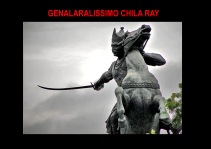


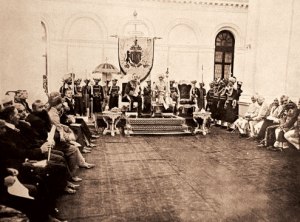


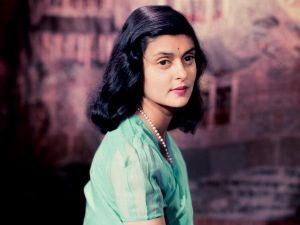

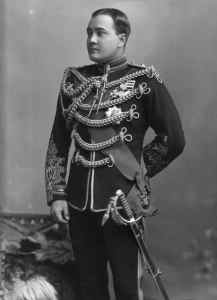
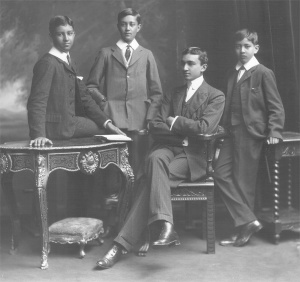


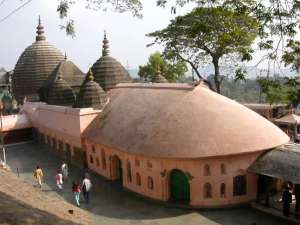
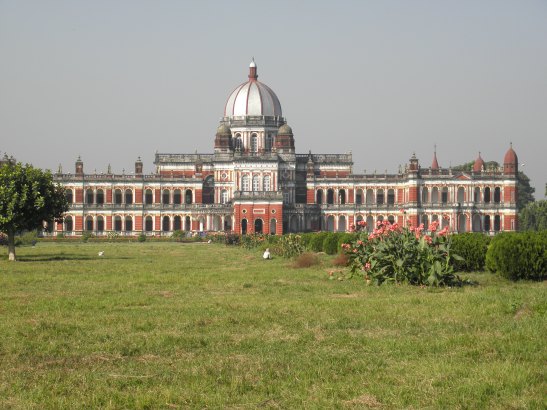
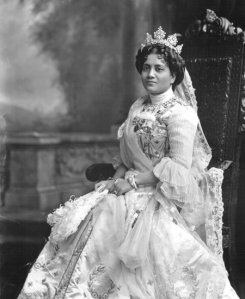
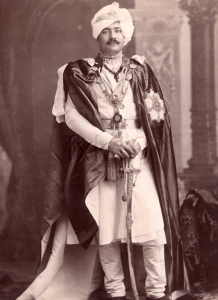

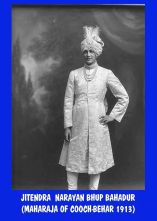
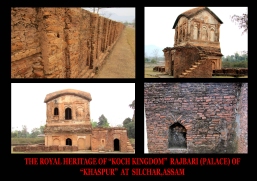





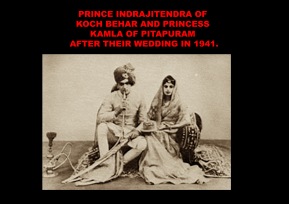



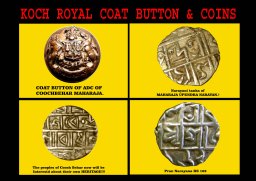
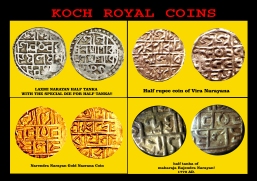







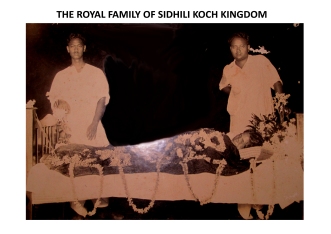



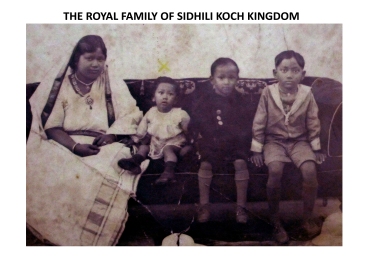
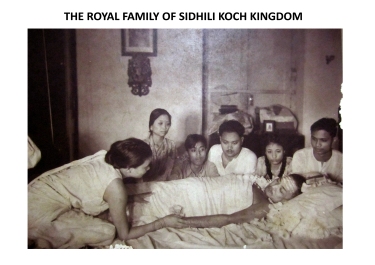
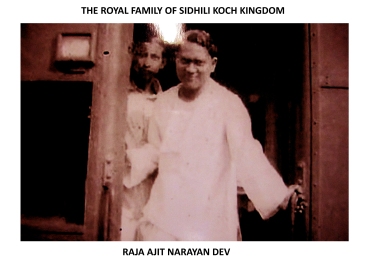

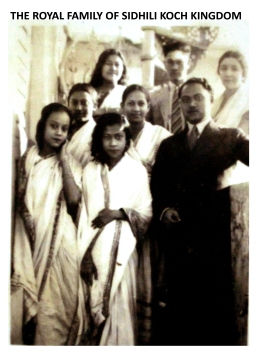


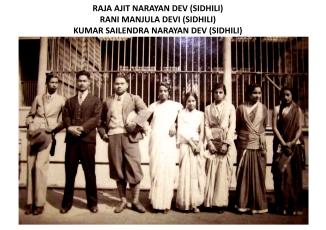






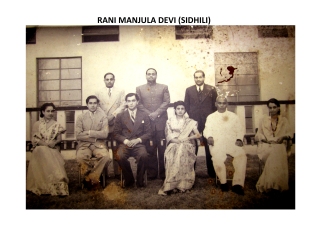
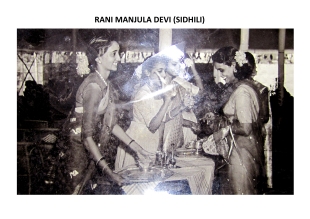

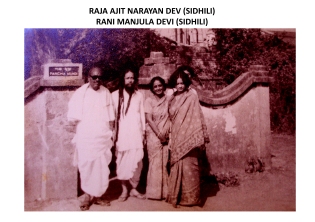


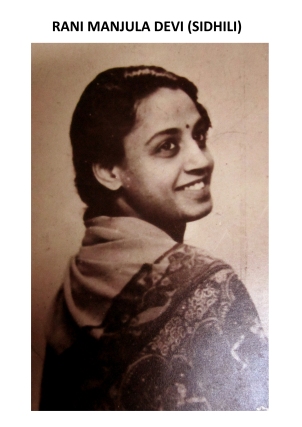


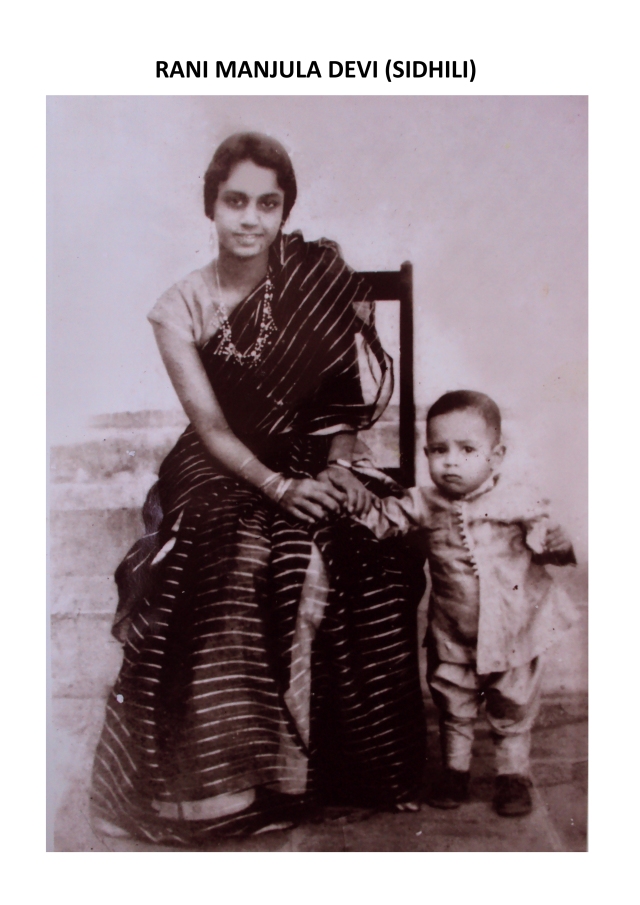



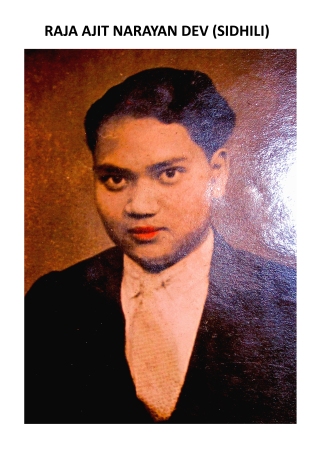

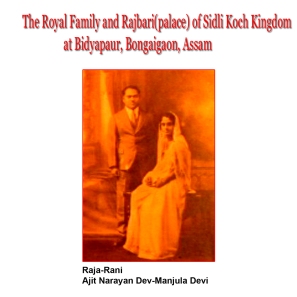

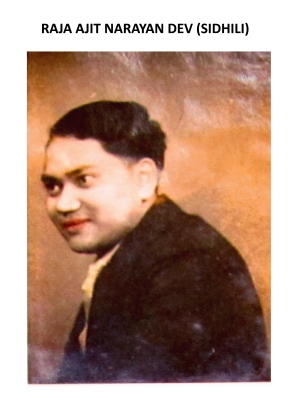


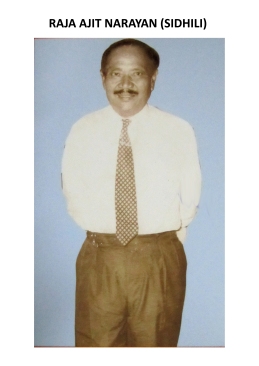
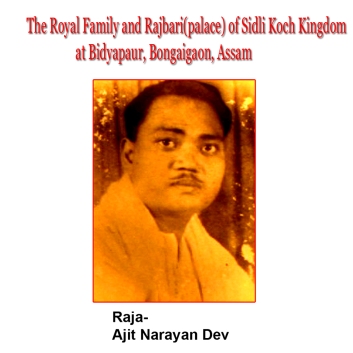








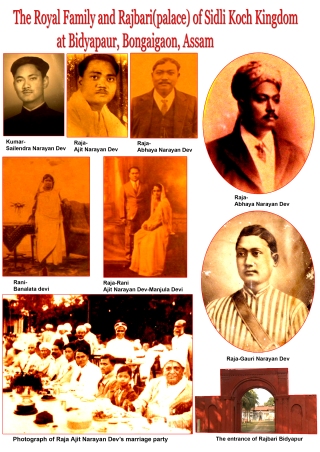

Hi
. I am so happy to know about the history of our culture and tradition. Thank you sir for the kind information.
LikeLiked by 1 person
we are glad to have u here, so please sir share this website as far possible to uplift our society & culture.
LikeLike
It is so glorious history of our koch dynasty. Most of us unknown about our history. History never vanish. It recalls us our base.
LikeLiked by 1 person